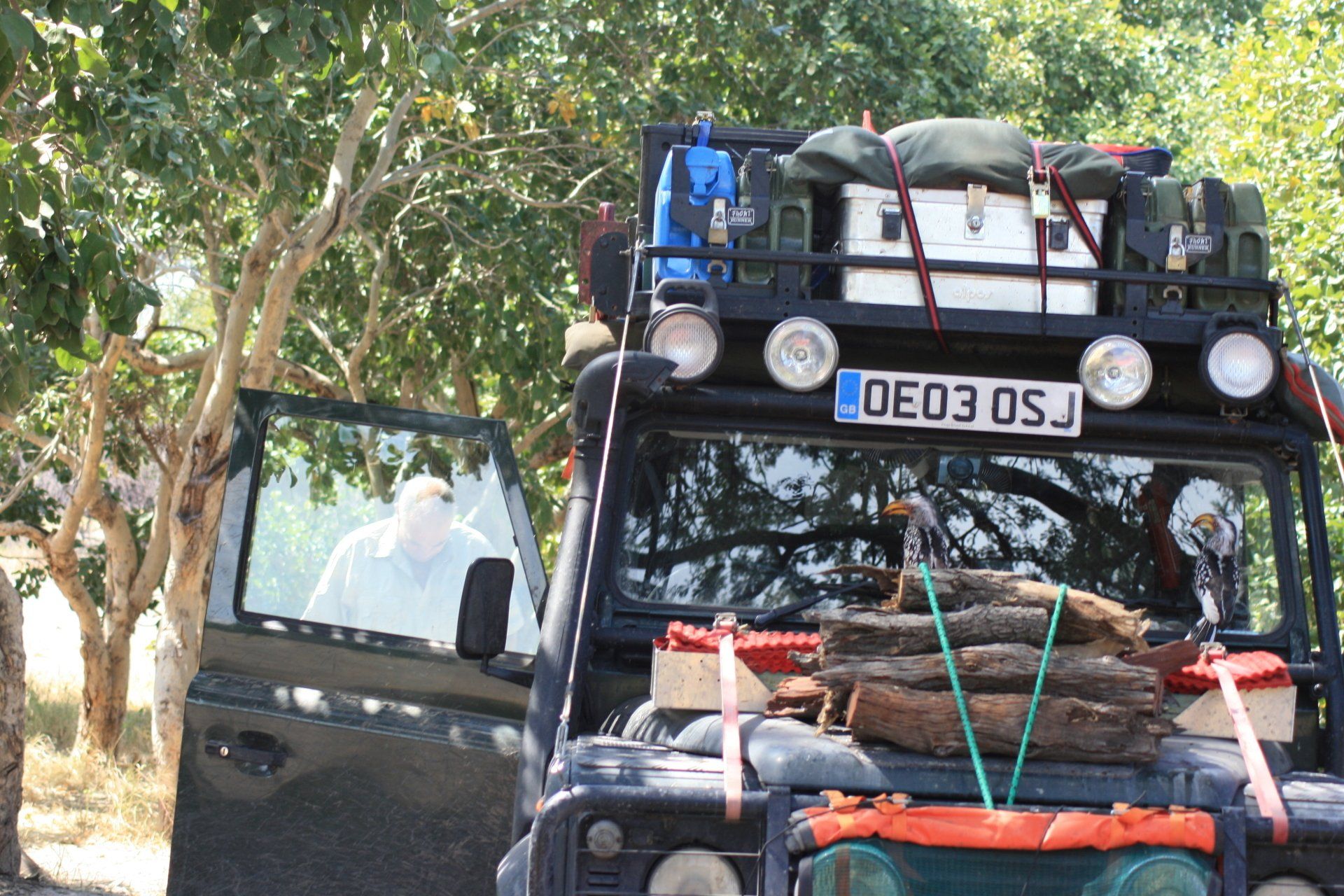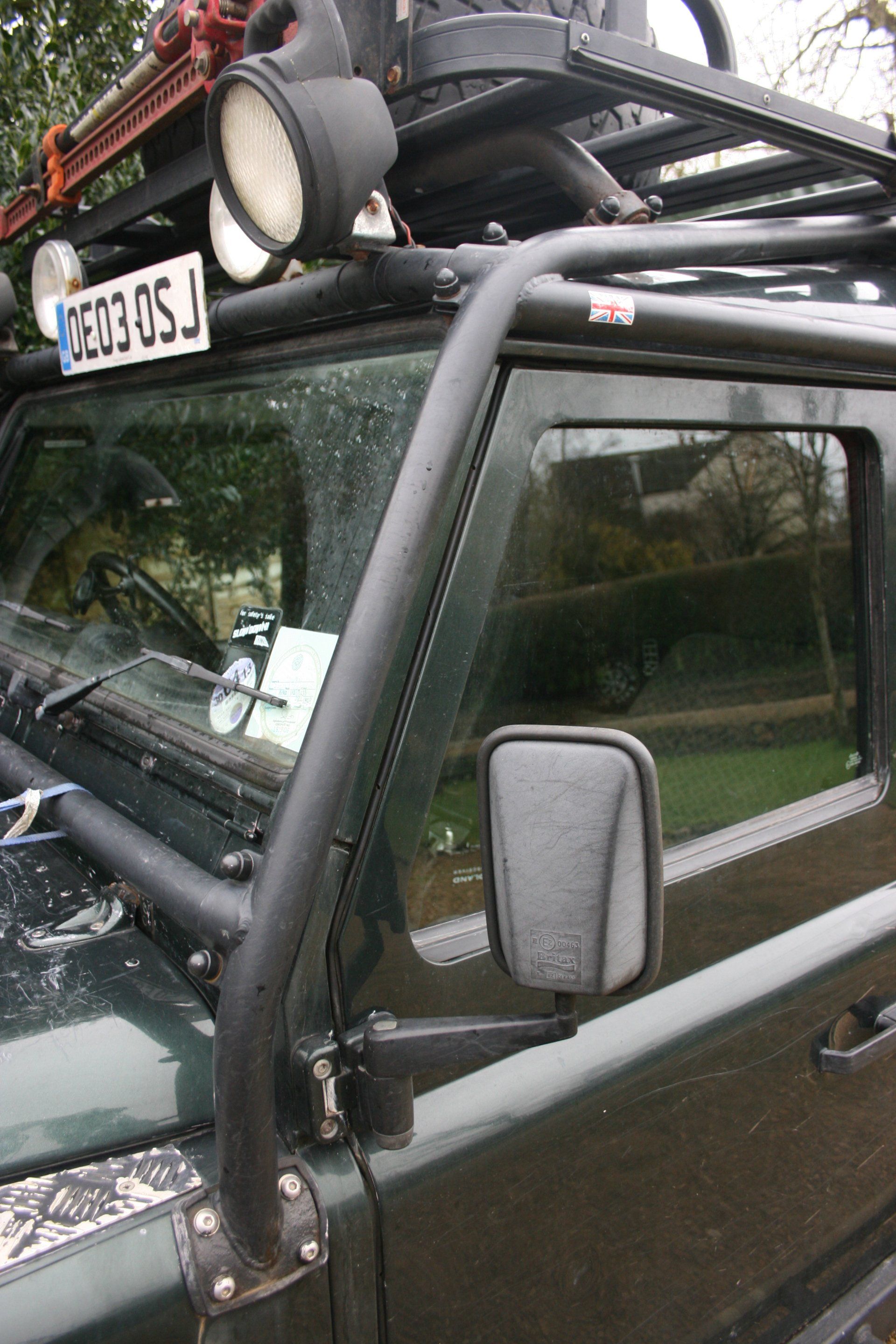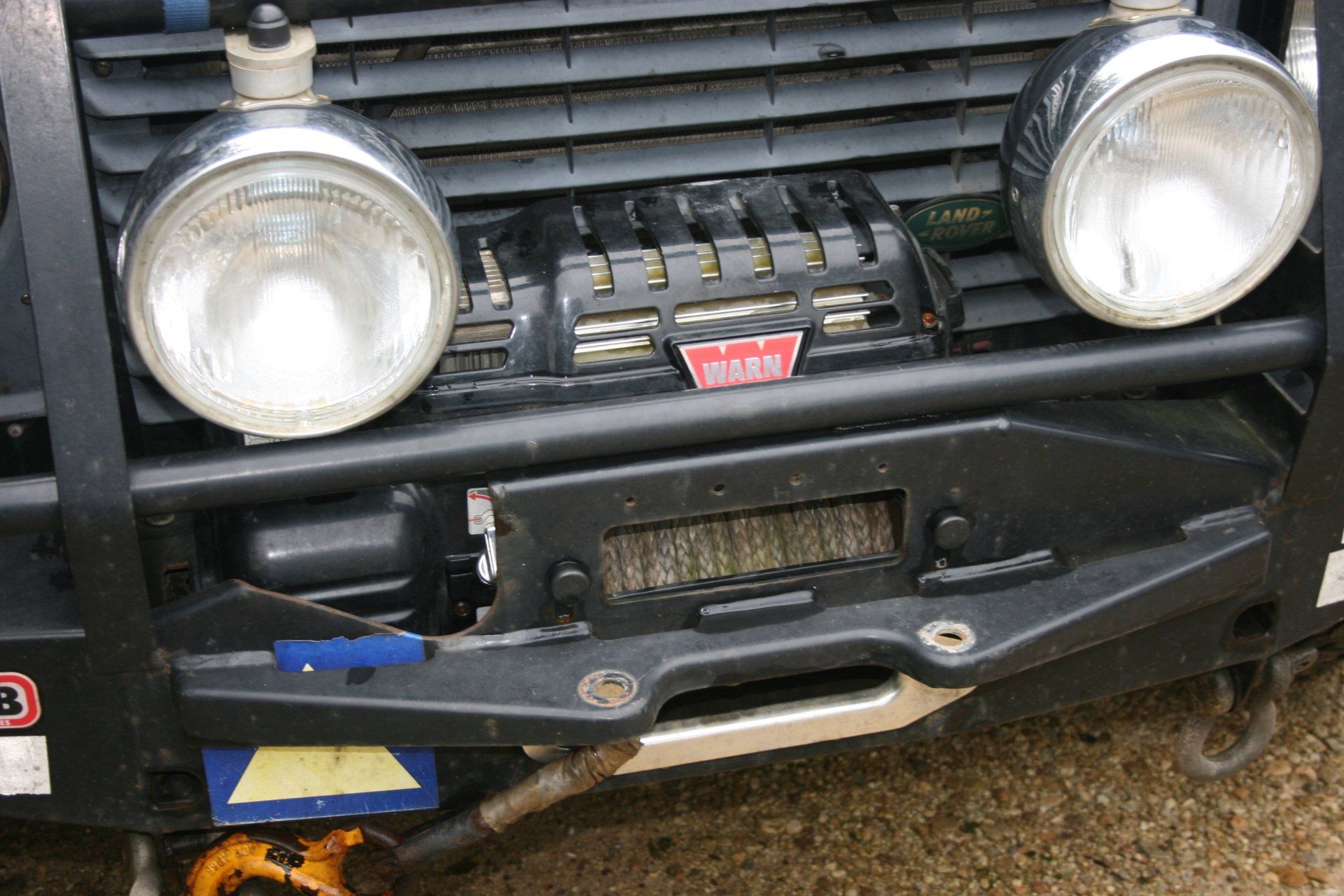Africa4x4
African Adventure - Our Trip
Electrical Items
Slide title
Write your caption hereButtonSlide title
Write your caption hereButtonSlide title
Write your caption hereButtonSlide title
Write your caption hereButtonSlide title
Write your caption hereButton
ELECTRICAL ITEMS
Vehicle Lights
As a general driving rule we endeavoured to avoid night driving and the associated dangers: wild animals, domestic animals, pedestrians in dark clothing; cyclist without lights, cars without lights, lorries without lights, unlit broken down vehicles, potholes, obstructions, vehicles emerging from side turns often in disregard of traffic lights, to name but a few. The few times we did end up driving were entertaining if somewhat scary - good lights are a must, if only to survive!
Driving Lights
Additional lighting is definitely an added safety feature for night driving to supplement the standard headlights. We fitted twin 130 watt driving lights at headlight level and 4 100 watt spot lights on the roof, although 2 of these were replaced with work lights when the tent was moved. All were wired into the main beam as optional main-beam headlamps and could be switched on and off independently. Top spots excellent for picking up potholes.
Auxiliary Driving lighting
Two front work lights and one rear one. Useful for setting up camp at night and rear one for reversing; front ones not really used except during night driving when, if directed at the nearside verge, useful for picking up hazards when dazzled on dipped beam – probably not legal in Africa though!
[All lights upgraded to LED on return to UK although some debate regarding UK legality]
General lighting
For general camp lighting used a 12 volt LED strip light fitted over the rear door along with a 12 volt LED wander lamp with velcro attachment - various strips stuck on side and rear of vehicle for correct positioning. Both were bright and being LED, do not attract insects – a brilliant find. Likewise, if we had 240 volt hook-up we used a wander lamp with a yellow bulb that also does not attract too many insects. This was replaced with a standard table lamp after the monkeys in Zambia chewed the old one – not an ideal replacement. Most of the time the light from the fire was sufficient, supplemented by head torches, ordinary and wind-up torches. Also carried a 12 volt plug-in spot light with headlight bulb for game drives and checking out strange noises in camp!
General Electrics
Knowing we would be camping in remote areas much of the time needed to be fairly self-sufficient in terms of power. The standard TD5 alternator is quite powerful at 120 amps so I didn’t go for an additional alternator or upgrade. Carrying a generator not a feasible option due to size, noise & fuel.
Batteries
The standard battery was replaced with twin system red top and yellow top Optima batteries; the red for starting and running standard equipment and the yellow a deep cycle one for running auxiliary equipment. Neither is particularly cheap but have spiral plates in gel making them vibration resistant and able to work at any angle. The yellow one was struggling towards the end and was replaced back in the UK.
Split Charging System
A split charging system, Piranha, was fitted next to the batteries in the front passenger seat box and charges the main battery first and then the aux one. This worked well until half way through the trip when it occasionally hiccupped and failed to charge the aux battery. The box of tricks was declared ‘US’ on return to the UK although when I removed it I found it to be full of dried mud and dust; when cleaned it seemed to work a lot better although the original supplier no longer stocks this system due to continued problems. My view is the box should have been fitted in a position where water ingress couldn’t get to it. There are many systems and ways of achieving a double charging system and further research should prove useful.
ECU Computer
The disadvantage of the TD5 engine over the earlier Land Rover engines is the Engine Control (Management) Unit (ECU) puts that area of mechanics beyond the capabilities of most African mechanics away from the bigger garages. I was advised to get hold of a second-hand unit and have it programmed for the engine as a spare. I didn’t do this and didn’t need it, but I’m not sure what I would have done had it gone down: maybe I would next time. Prior to the trip the fuel injector loom was replaced to cure the oil leak back down the loom, a common fault but even so it took quite some time to stop working down to the plug. Having had in the UK water over the pedals and not far off entering into the driver’s seat box where the ECU is stored, I decided a sensible modification would be to extend the ECU loom to allow it to be fitted higher up in the vehicle. The ECU was fitted on the dog guard to the front where it wouldn’t be damaged by storage boxes in the rear and was encased in a padded box that also worked very nicely as a head rest for the rear offside passenger. I would now consider taking a diagnostic computer to interrogate the vehicle system as these have come down in price considerably for single vehicle systems. [One purchased in UK]
Engine Power Upgrade
As we were going to be carrying a lot of weight around decided to upgrade the engine by fitting a Dastek Powerplug. This remaps the ECU and claims to give improved engine efficiency, power and fuel consumption. The unit is supposed to boost the engine power from the standard 122 bhp to something like 155+ bhp. I’m not convinced the expense was worth it but at least it could be easily removed had it played up – it didn’t.
Inverter
We fitted a 1000 Watt inverter in the rear passenger compartment that stored on the back of the cubby box with velcro straps but could be moved onto the floor for use. This served us well, except when the split charger didn’t charge the aux battery off of which the inverter was wired. Used on virtually a daily basis to run either the slow cooker, kettle or to charge up various pieces of equipment.
Additional 12 volt sockets
We had numerous additional 12 volts sockets, a mix of cigarette lighter sockets and DIN plugs, fitted around the vehicle to run a host of ancillary equipment such as the fridge etc. We did blow up a couple of African phone chargers in one cigarette socket, as they were positive sensitive – re-wiring the socket solved this. Also had USB adapters. DIN plugs not greatly used [replaced with USB sockets in UK]
Solar Panel
Auxiliary power was provided by a solar panel. We went for a free-standing fold-up briefcase panel (open = 60 cm x 45 cm) that came with various connectors. When stationary for a few days we could open this up and plug into the aux battery system to top it up – it was 28 watts output and very reasonably priced; some of the bigger ones are very expensive but may be worth considering. We went for a storable system rather than a fixed system that we thought may be vulnerable to damage.
240 Volt System
Quite a few campsites in South Africa, and odd ones elsewhere, had 240 Volt power available. We didn’t bother taking our ‘proper’ hook-up cable but instead relied upon an extension lead plugged into a hook-up site plug; one with round pin plug and one with square pin plug (Round pin in much of the region but more ‘squares’ the further north we went). If we had 240 volts we ran the lead in through the rear passenger window to get it out the damp and always plugged the fridge in. Should have fitted a 240 volt inlet socket on the outside at the rear to plug into with an interior socket front and back [Fitted back in UK]
www.africa4x4.org




